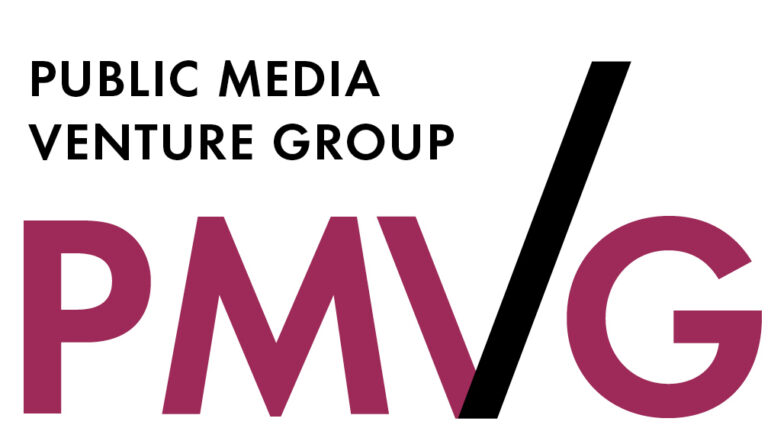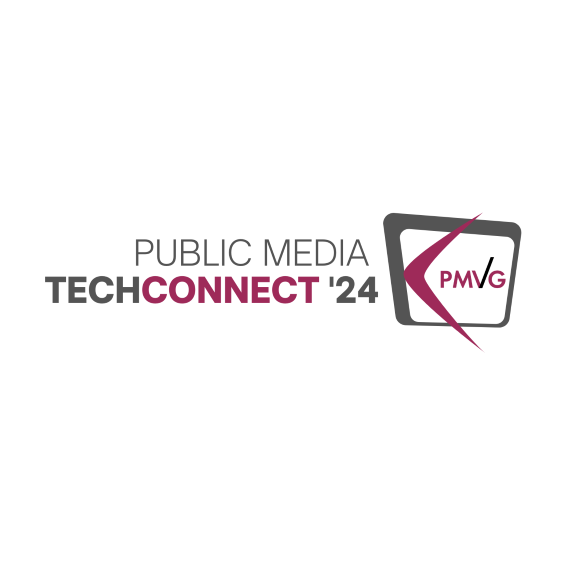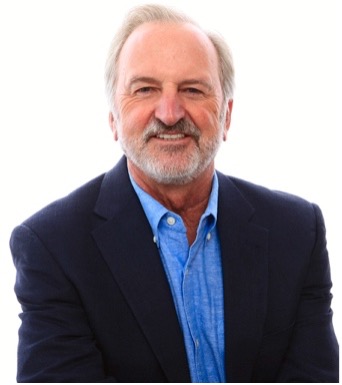Public media must move faster and collaboratively
SPONSORED
By: Marc Hand, CEO, PMVG
Think News, Improve Access, Be Everywhere

Streaming video. Cord-cutting. Connected TVs. The advent of short-form entertainment. AI. New tech is turning the television landscape on its head, and it’s just getting started. This landscape has been in a state of perpetual change for the past century, but for the first time it’s experiencing a transformational change that warrants a fundamental rethinking of public media operating platforms and content distribution options. How and when people consume media, and the platforms and technologies they use to access that media, are virtually unrecognizable from the television ecosystem and traditional broadcasting of even ten years ago.
Public media, with its trusted and respected brands, lauded content, and relatively reliable funding sources, has persevered through many decades of technological and cultural change. Our legacy is perhaps more known and more valuable than ever, but no industry, however esteemed, is immune to the inexorable onslaught of technological change. Since public media is a federated system, developing the scaled, industry-wide changes called for by the explosion in content platforms presents unique challenges for us. System-wide innovations and shared platforms are essential to the continued growth of public media. Social media and streaming content on-the-go are here to stay, and these new delivery platforms are how many Americans access public media content and services. We must meet our audiences where they are.
Our industry’s future is not yet written, but it’s clear that the strategies of the past 50 years must be adjusted to fit current technologies and consumer behaviors. Now is the time for public media to decide its future, truly capitalize on its legacy, and ensure that its mandate as an essential local community resource—reaching close to 98 percent of the country—lives on and thrives.

Public media in the digital age

The Public Media Venture Group (PMVG), a business and technology development consortium of 32 public stations, was founded in 2017 to create new business and service models by and for the system, with a focus on the needs and growth of local public stations. Our members range from the smallest stations to the largest, united by their excellent leadership and commitment to innovation and to building a viable future for all public stations.
Among PMVG’s essential member services are the two conferences we produce every year—a management summit in the fall for PMVG members, and a technology conference adjacent to the NAB Show that is open to everyone in the media industry.
At our last management summit, co-produced with our friends at Google, we discussed new technologies, new business opportunities, and ways to remain financially sound amid seismic changes—all through the lens of our public service mission. The biggest takeaway? Public media must build initiatives that enable us to reach new audiences, and stations must work collectively to achieve scale in doing so. Here are three ways to do it, as recommended by the thought leaders at our summit:
1. Build trust and audience by stressing local news.
Journalism is a cornerstone of public media’s enduring value and plays a significant role in this fraught time in our democracy. Local news—specifically that produced by trusted nonprofits—is a high-value opportunity. We must evolve our thinking on how our content is produced and consumed, how we look at content itself, and how we leverage new technologies to focus on the diverse communities within the public media footprint.

One of the summit’s most dynamic presenters was journalist, author, and educator Jeff Jarvis, who urged the PMVG CEOs in the room to steer away from traditional broadcast structures, the “mass media” mindset, and the idea of content as commodity. Jarvis believes that the concept of mass media is outdated today, and instead, media should be personal and tailored to the individual. The news content we create should be born from community engagement and rooted in service. Journalism should be an exercise in listening to our audiences’ shared interests and needs—and the platforms we use to share that content should reach these audiences where they are.

By now you’ve likely heard of Press Forward, the $500 million local journalism initiative spearheaded by 22 major philanthropies. Jim Brady, VP of Journalism at the Knight Foundation and a leader of Press Forward, encouraged public media stations to be bold and assertive with their ideas, noting that Press Forward will only fund projects that innovate. Legacy organizations that propose well-worn ideas will not benefit from Press Forward’s funding pool, according to Brady, who suggested we review educator and consultant Tom Davidson’s provocative piece, “Press Forward Is Talking About Public Media — And You Won’t Like What They’re Saying.” Davidson warns public media that we may be “botching a potentially transformative moment.”
2. Focus on technologies that enhance public media content creation and broader access.
Cord cutting, the streaming wars, and the national adoption of the newest broadcast standard (ATSC 3.0) represent an interesting confluence. The television industry is witnessing a move by viewers away from the traditional broadcast model while simultaneously launching its most innovative delivery format to date.

Some of ATSC 3.0’s potential is related to datacasting—one of the most valuable tools at our disposal. Public television stations can use the greatly expanded capabilities of datacasting in ATSC 3.0 to create stronger, more reliable, and more secure public safety networks, providing cost-effective data delivery solutions for homes, schools, libraries, incarceration facilities, and healthcare facilities. Again, scale is a factor. PMVG leadership, member stations, and our partner organizations are working together to leverage datacasting for digital access services in rural and underserved communities, along with new service models for local journalism, and other innovative public service applications.
Public broadcasters hold a unique set of cards. As a nationwide federation of public service-focused spectrum holders, the system owns valuable assets—material, intellectual, and reputational—that can and should be utilized now. We must focus on improving our shared infrastructure, becoming more efficient, and expanding our capacity for multi-platform delivery. We need to incorporate IP, AI, and Cloud technologies into our businesses. And we need to be actively recruiting, training, and retaining young talent at our stations.
3. It is critical that public media develop a smart, agile, and efficient multi-platform strategy.

Planning for the future is key—and so is working as a united front. With so many changes, challenges, and new information to juggle, independent stations working in isolation cannot optimally succeed. Public stations that choose to work in collaboration on a national scale, think in new ways about services and revenues, and build collaborations with other local groups and organizations, will ultimately create the essential elements and strategies needed to thrive in the new media ecosystem.

PMVG itself has invited other national organizations including MMG, NETA, CDP, SRG and PMC, to collaborate and expand the conversations necessary to address these important challenges directly and holistically. We will continue this focus on the future of public media at our technology meeting next year: Public Media TechConnect is slated for April 11-12, 2024 in Las Vegas, just before the NAB Show. The 2024 preliminary program has been developed by some of our industry’s most respected leaders and will focus on over-the-air and online content delivery optimization, IP- and cloud-based facility design, cybersecurity, technical staffing, NextGen TV, new business and service opportunities for public media, and more.
Conclusion

The broadcasting world we have known for decades is changing rapidly, disrupting our viewing and funding models, and challenging the ability of public media leadership to adapt. PMVG is nevertheless optimistic about the future and is working actively to ensure that public media stations continue to be healthy organizationally, while remaining important providers of service to the local communities they serve.
The challenges are significant, and solutions are likely beyond the ability of any single station to design or implement, so collaborative action is essential. Stations must come together to develop new service models, new distribution and publishing tools, benefiting from investments that leverage our total asset base of stations, content, and distribution channels, which taken together are indeed substantial.
PMVG will continue to work with its members and other local and national organizations in public media, along with commercial partners, to ensure our industry remains a vital part of our communities in the coming decades. All of these groups recognize the enormous public-service value and impact of public media, and we are inspired by their enthusiasm in partnering with us to expand our value in the future.
If you are interested in taking part directly in our work by becoming a member of PMVG, drop us a line—and consider joining us next April in Las Vegas for TechConnect ’24.

Marc Hand, CEO, PMVG


